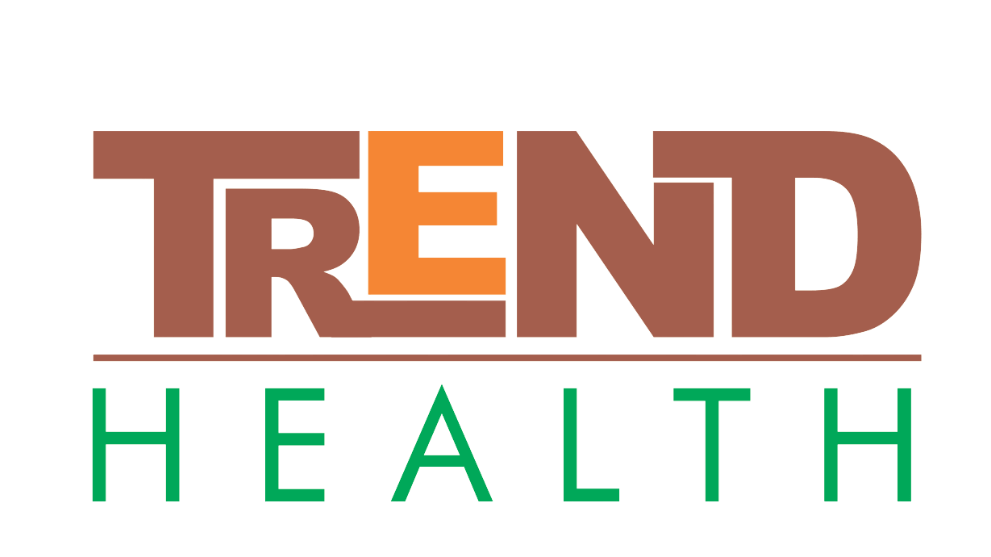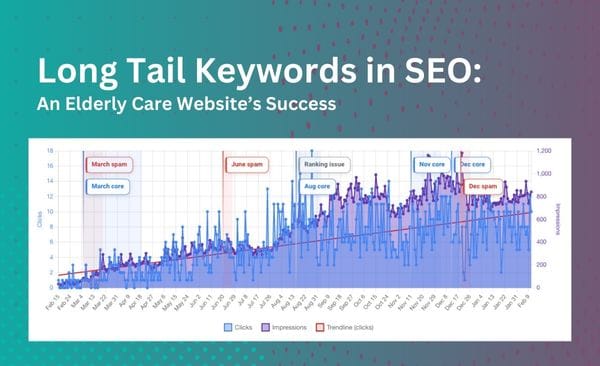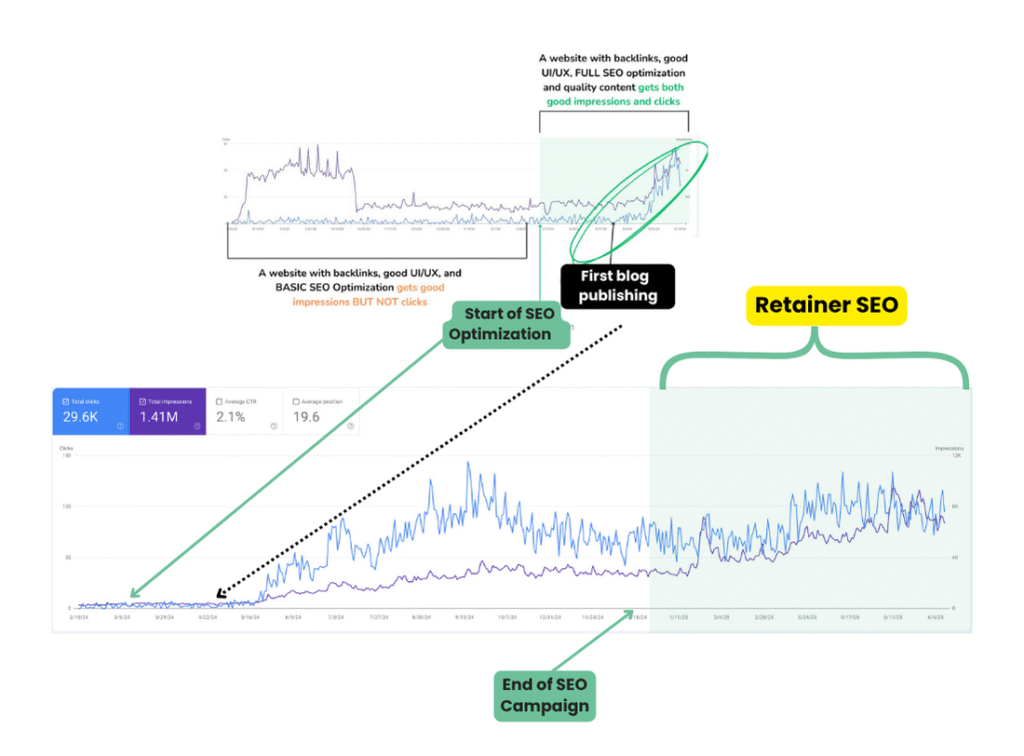I’m not a coach, I don’t sell a course.
SEO Specialist | Freelance Writer
I’m a licensed Psychometrician but I prefer to write and create ranking strategies for businesses and make sure they last.
No non-sense gimmicks
Just Results
No marketing copy or transcript can compare to delivering real results.
In 5 years of hands-on experience in SEO and content creation, I’ve developed a keen eye for what works in the digital world.
There’s no template, it’s not the same for everyone but my approach is simple: blend solid SEO practices with compelling writing to help businesses like yours stand out and succeed online.
CASE STUDIES AND AUDITS
Check out my previous web projects, audits and progress.
Tools for Small Businesses
I also write handy tutorials for your most common tools for your business and website.
DIY SEO
Are you eager to learn more about SEO?
Here are a few things you can learn from me.
I am a lot of things…
…but I focus mostly on my digital marketing ventures. Aside from being an SEO Specialist from the Philippines I do love interesting writing and art side quests too.
Previous projects on:













Let’s work together on your
next project
Let’s see if we’re a good fit.









